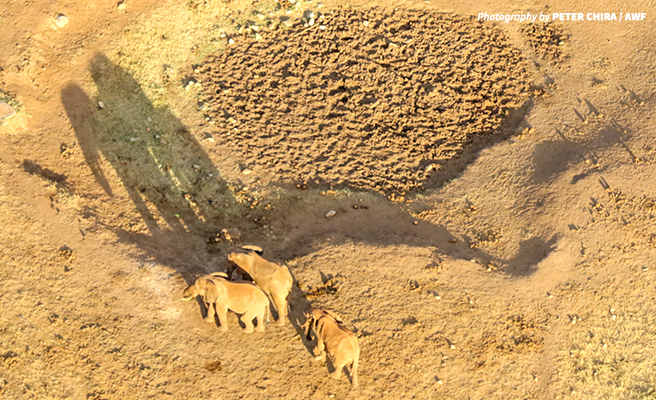How Censuses Support Wildlife Conservation
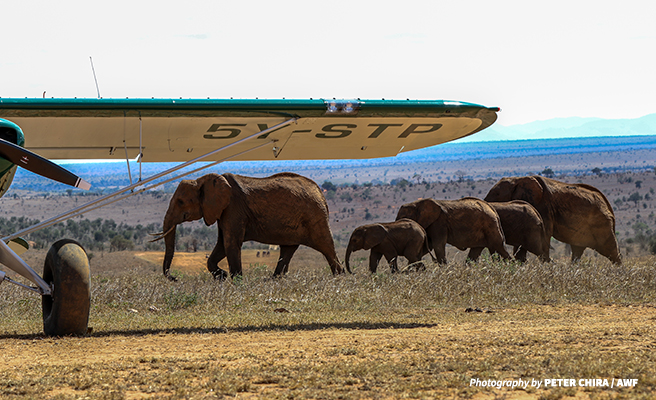
For the past two weeks, AWF participated in an aerial census conducted by the Kenya Wildlife Service (KWS) in the Tsavo–Mkomazi ecosystem, which straddles the border between Kenya and Tanzania. This landscape hosts about a third of Kenya’s elephant population, and serves as a habitat for all of the species that make up Africa’s “big five.”
The census focused on elephants and other large herbivores in this transboundary landscape, which is under increasing pressure from human population growth. Along with establishing population sizes for different species, the census is mapping factors that affect where the animals roam. Water sources and human activities, such as livestock grazing and charcoal burning, can draw wildlife… or drive it away.
For this reason, KWS is taking into account the numbers and location of livestock within and around protected areas.
What it takes to conduct a census
KWS has conducted a census of this 48,000-sq.-km landscape every three years since 2002. Covering this vast landscape is no easy matter: Coordination is required with a number of funding and technical partners, and the activity involves pilots, scientists and other conservation experts from around the region.
Several of AWF’s staff numbered among the 50 or so people involved in gathering data in the field. We also provided funding for equipment and aircraft fuel, and will play a role in analyzing the data collected.
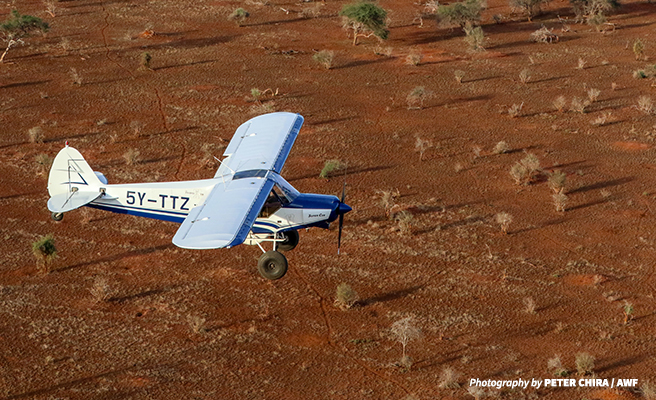
To conduct the actual count, participants started work at dawn each morning and finished late in the evening, taking breaks only to refuel the aircraft and eat lunch. Equipped with Global Positioning System (GPS) units and cameras, more than 10 aircraft flew over the landscape with survey crews taking photos of specific blocks of land.
After each full day of taking photos, crews returned to base camp in the evenings, where they download their photos and GPS information onto a computer. One observer from each survey crew then reviewed photos of each block of land to ensure that no animals were double counted in neighboring blocks.
The importance of wildlife censuses
It’s clear censuses require a lot of work, but these efforts serve an important purpose.
As AWF Vice President for Species Protection Philip Muruthi explains, “Proper planning, implementation and evaluation of conservation programs depend on the numbers and distribution of wildlife populations. This is especially true for species like the African elephant, which are under escalated threat from poaching, habitat loss and human–wildlife conflict.”
Muruthi adds: “News about reduction in numbers of species raise concern and often mobilize specific conservation action.” Such was the case when the Great Elephant Census spurred attendees at the 2016 IUCN World Conservation Congress to pass a motion urging all countries to close their domestic ivory markets.
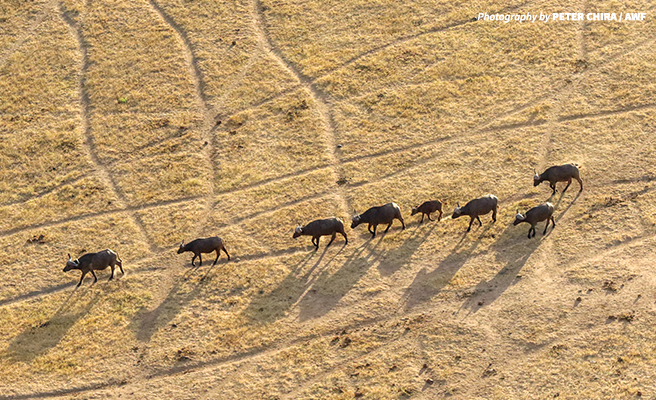
This is why AWF has long participated in wildlife censuses. The Tsavo–Mkomazi census is the third cross-border aerial census that AWF has supported in southern Kenya. The previous counts occurred in 2010 and 2013.
AWF has also been involved in similar counts of large mammals in the Lower Zambezi transboundary landscape in Southern Africa, in the Samburu–Laikipia landscape in central Kenya and even of mountain gorillas in the Virunga landscape.
We have additionally made contributions to conservation practitioners’ knowledge base about conducting this type of research. AWF published handbooks, including “Counting Animals” in 1978 and “Studying Elephants” in 1996, among others.
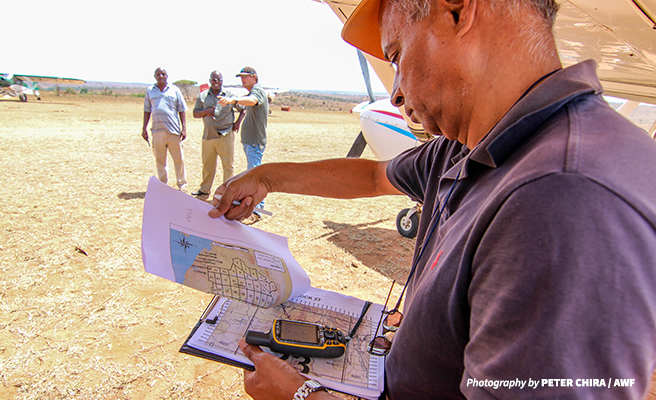
Results for the Tsavo–Mkomazi census will help inform KWS’ and other partners’ decisions on how to conserve this fragile ecosystem, where a growing human population is putting pressure on the land outside of the protected area. The knowledge gained from the aerial census will allow conservationists here to manage land effectively and mitigate threats to elephants and other animals.
Full results from this latest census are expected in about two weeks, after experts analyze all of the data.
